“Death Pool” Uncovered in the Red Sea That Kills Everything That Enters
The origins of life can be found in the depths of the saltiest bodies of water in the world. Researchers at the University of Miami have made a stunning discovery at the bottom of the Red Sea.
Researchers discovered a “death pool” in the body of water between the Arabian Peninsula and Africa.
What Are Death Pools?
This alarming name was given to this body of water in the Red Sea due to its extreme environment.
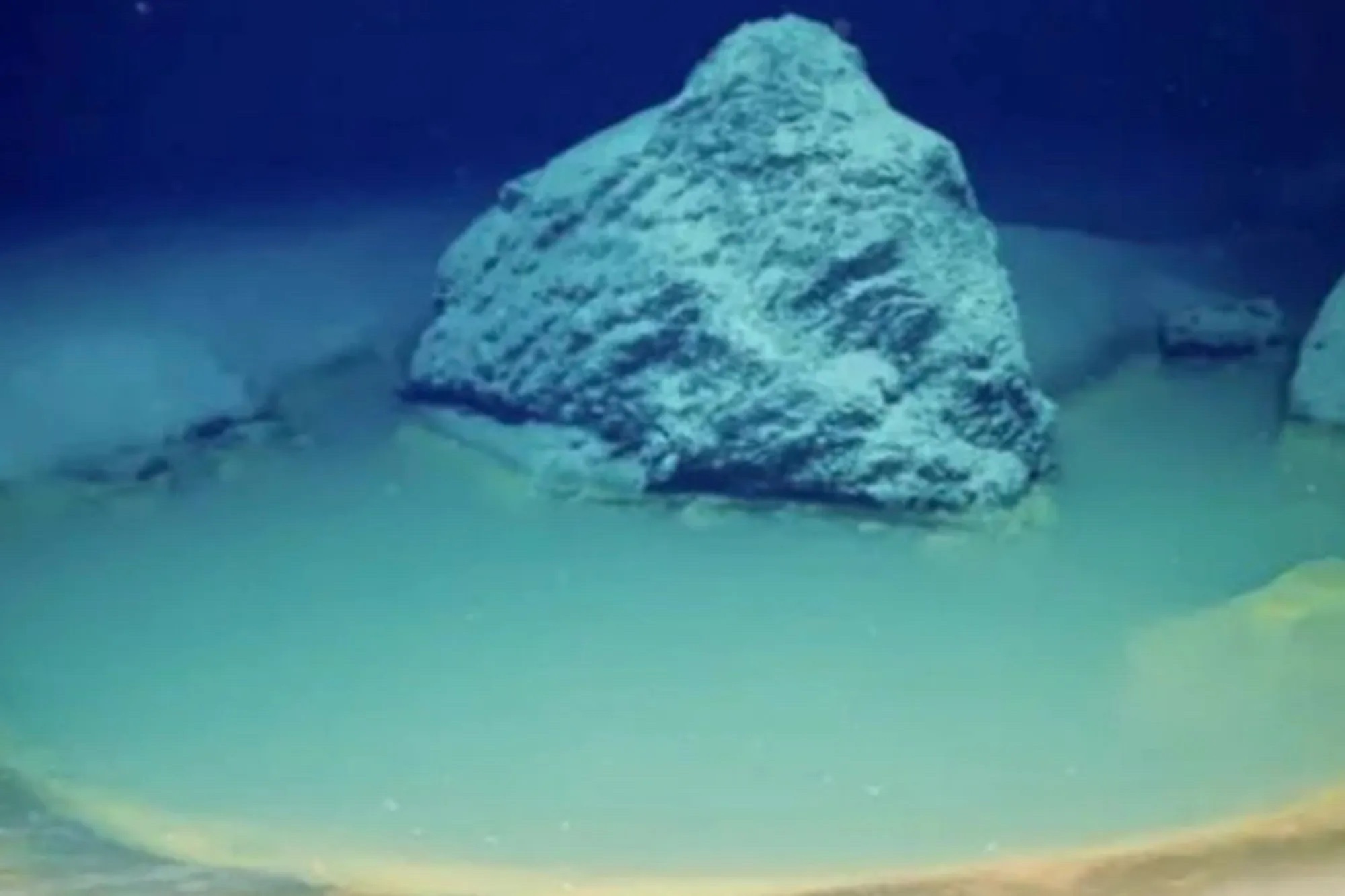
Source: YouTube/OceanX
While rare (like the strange marbles found in the Pacific Ocean), these pools form on the seafloor, are hypersaline–meaning extremely salty–and contain zero oxygen.
Few Death Pools Exist on Earth
The death pools found in the Red Sea are one of a few dozen that scientists know about in the entire world. Three bodies of water—the Gulf of Mexico, the Mediterranean Sea, and the Red Sea—contain death pools.
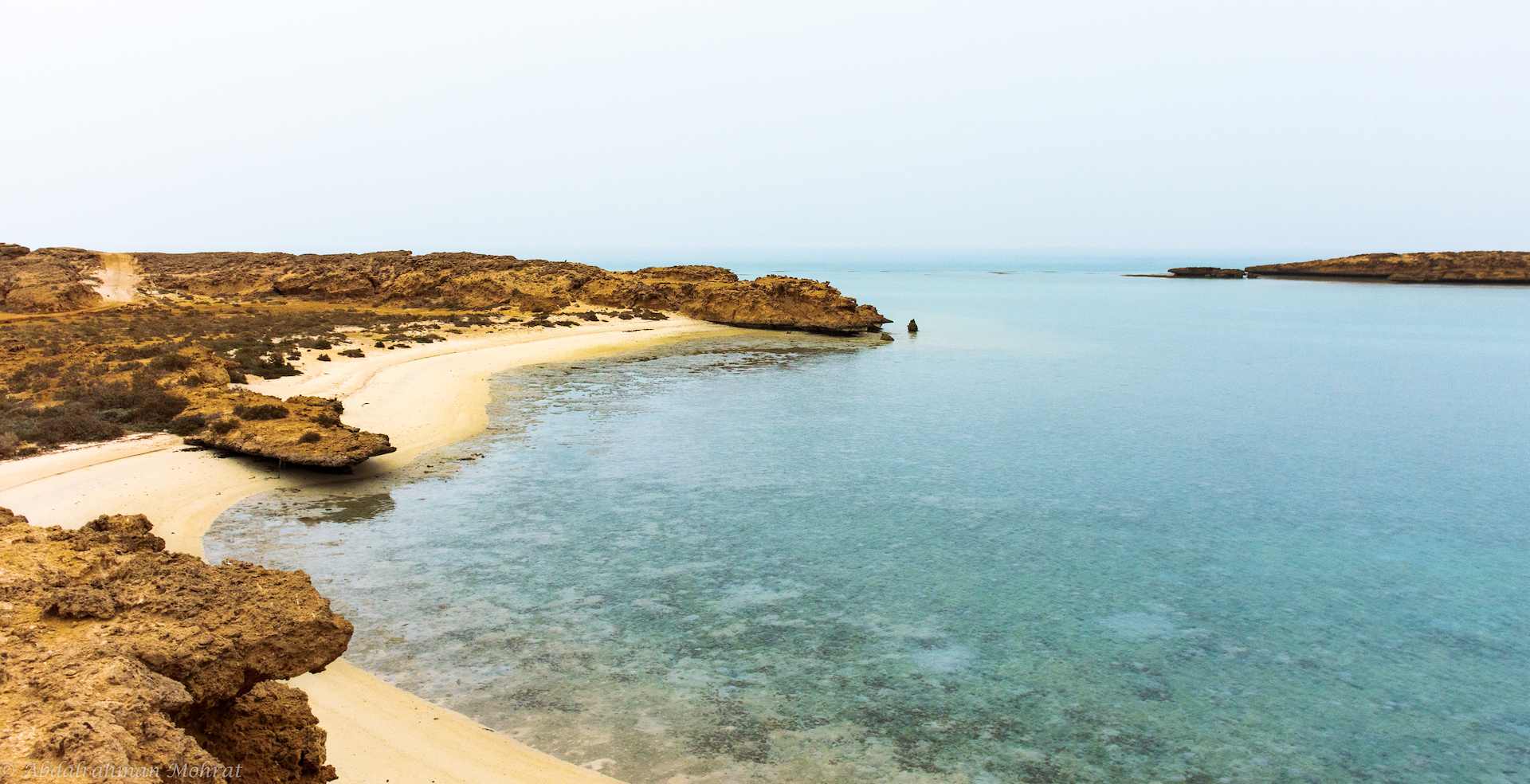
Source: Abdalrahman Mohrat/Wikimedia Commons
These death pools can come in various sizes, with ones equaling a few thousand square feet while others are only about a square mile.
The Red Sea Has the Most Death Pools
Live Science reports that the Red Sea harbors the highest number of deep-sea brine pools in the world, believed to exist due to dissolving pockets of minerals deposited during the Miocene epoch.
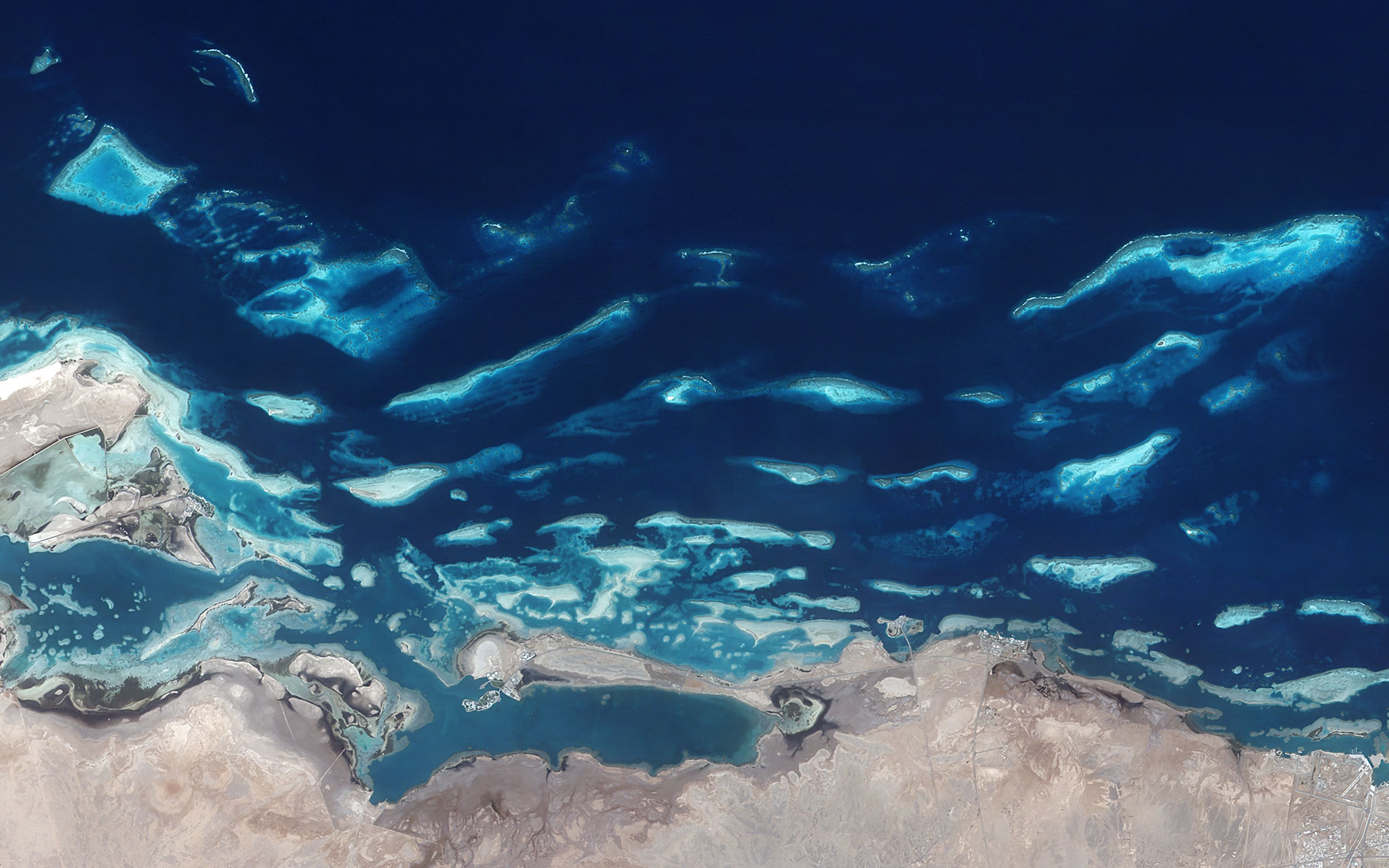
Source: Axelspace Corp./Wikimedia Commons
During this period of time (about 23 million to 5.3 million years ago), the sea level in the region was lower than it is today.
Discovering a New Death Pool
This discovery of a death pool comes as a shock to researchers as it is the first in the Red Sea to be located 1.25 miles from shore. Most of the other known deep-sea brine pools are located 15.5 miles offshore.
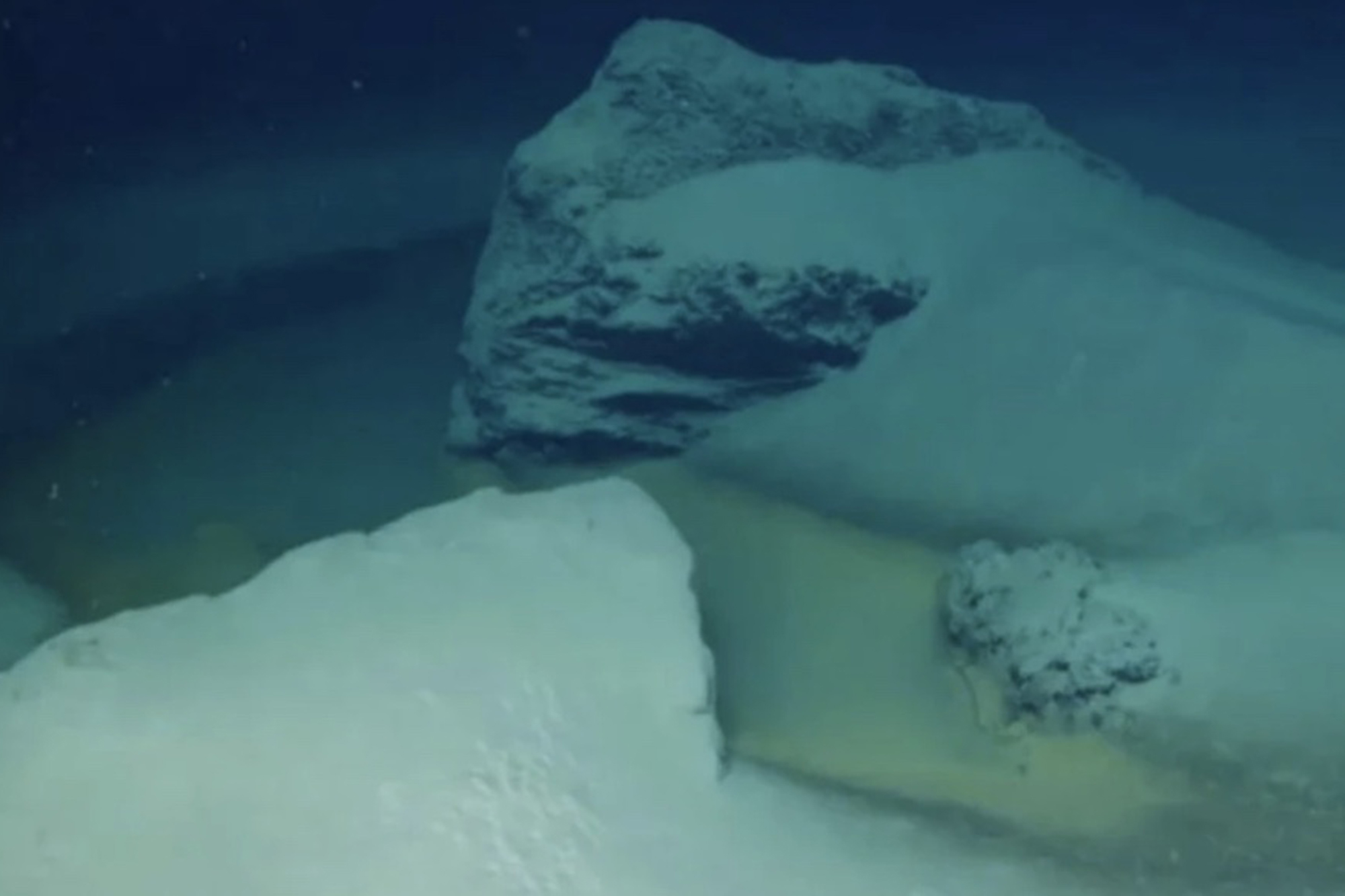
Source: YouTube/OceanX
Using a remotely operated underwater vehicle, the scientists discover the pools beneath the surface of the Red Sea.
The Oasis of Life In This Death Pool
The death pool measured about 107,000 square feet in diameter, while three small pools around the larger one measured less than 107 square feet in diameter.
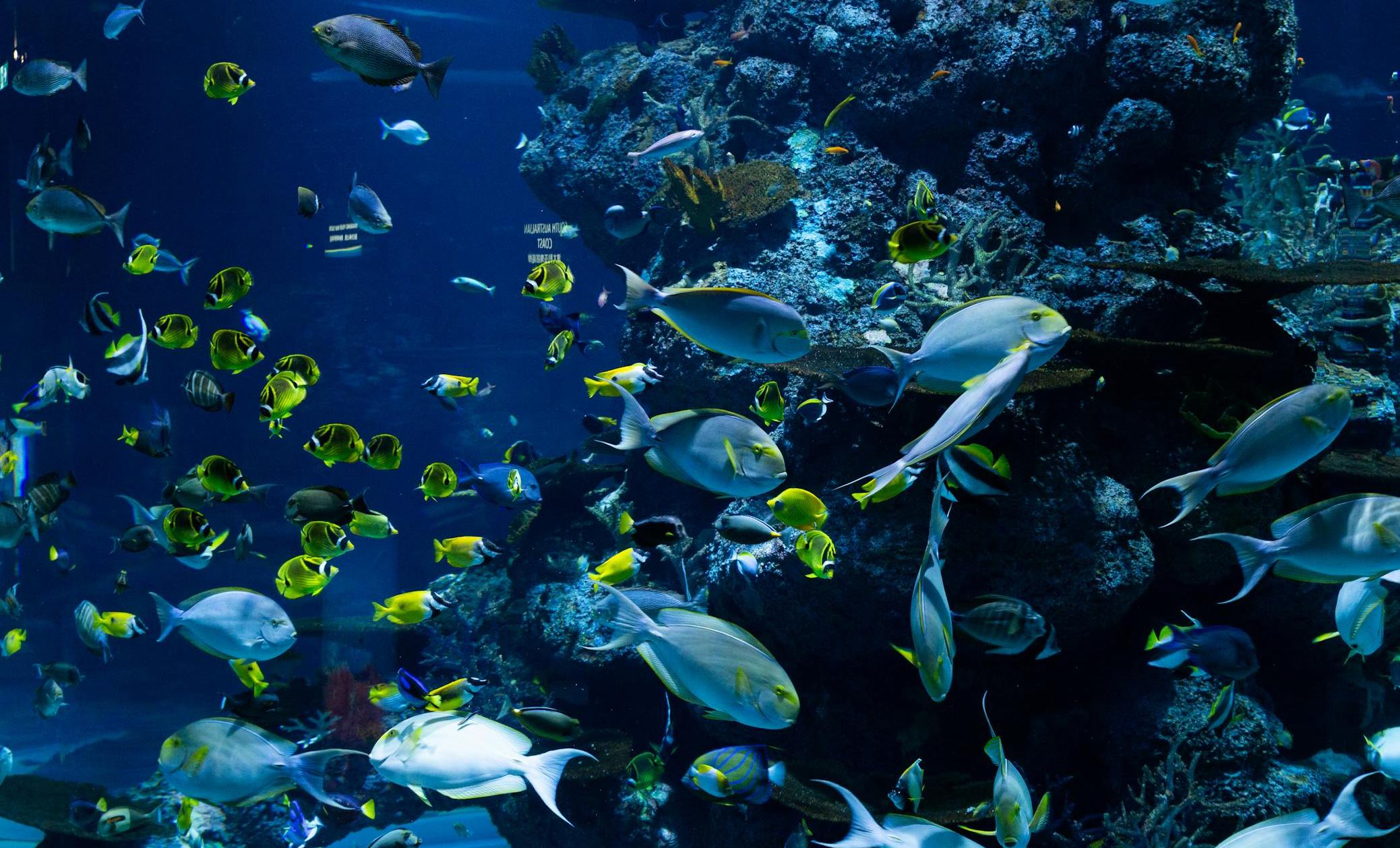
Source: Hung Tran/Pexels
“At this great depth, there is ordinarily not much life on the seabed,” Purkis said. “However, the brine pools are a rich oasis of life. Thick carpets of microbes support a diverse suite of animals.”
The Environment of the Death Pool
Among the most interesting animals that live down there “were the fish, shrimp, and eels that appear to use the brine to hunt,” Purkis said.
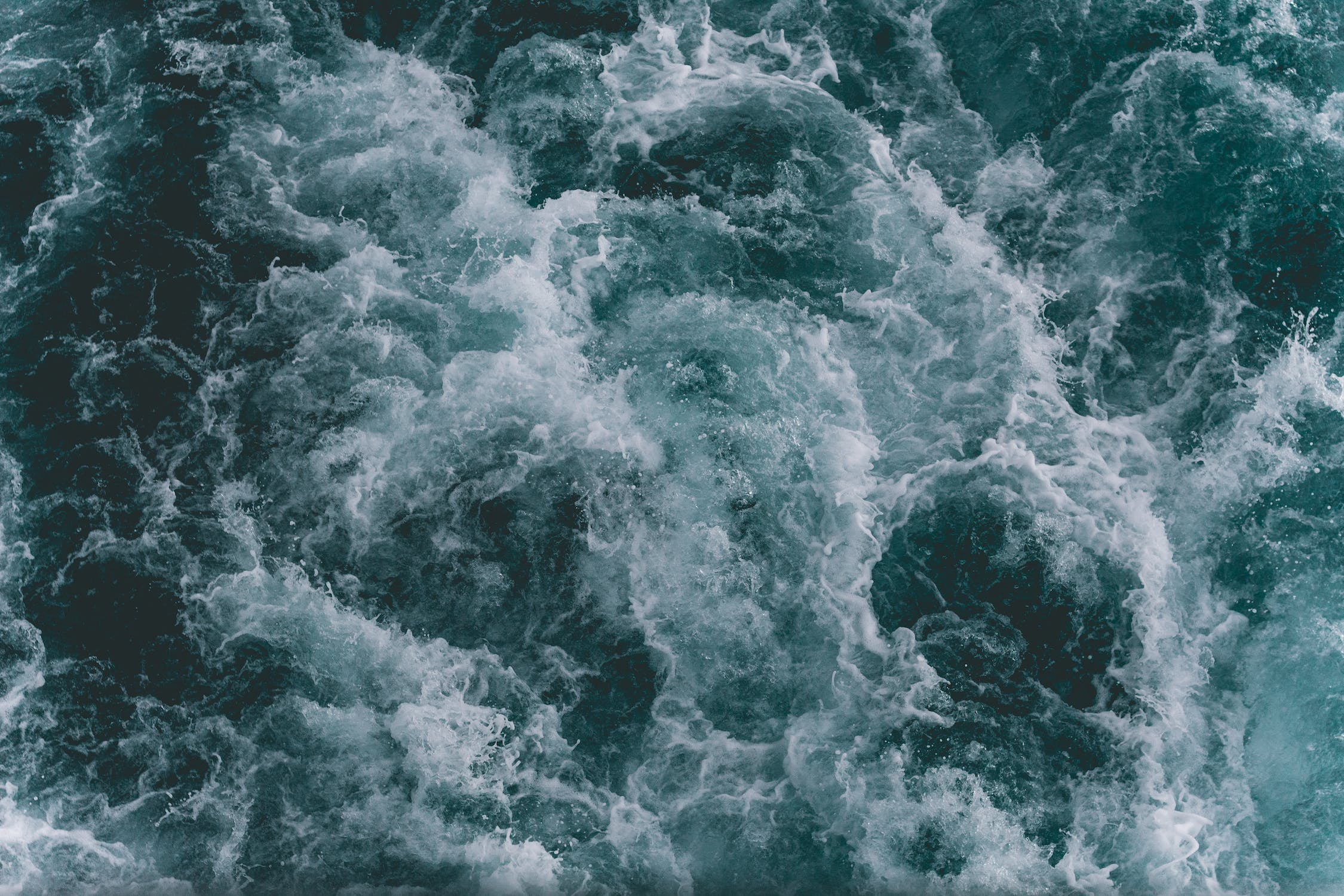
Source: Muffin Creatives/Pexels
He explained, “The death pools lack oxygen, so any animal that strays into the brine is immediately stunned or killed.” The predators that lurk near the brine “feed on the unlucky,” he noted.
Life Inside the Death Pools
Researchers found living microbes swimming in the pools despite the seemingly unlivable conditions of the death pools.
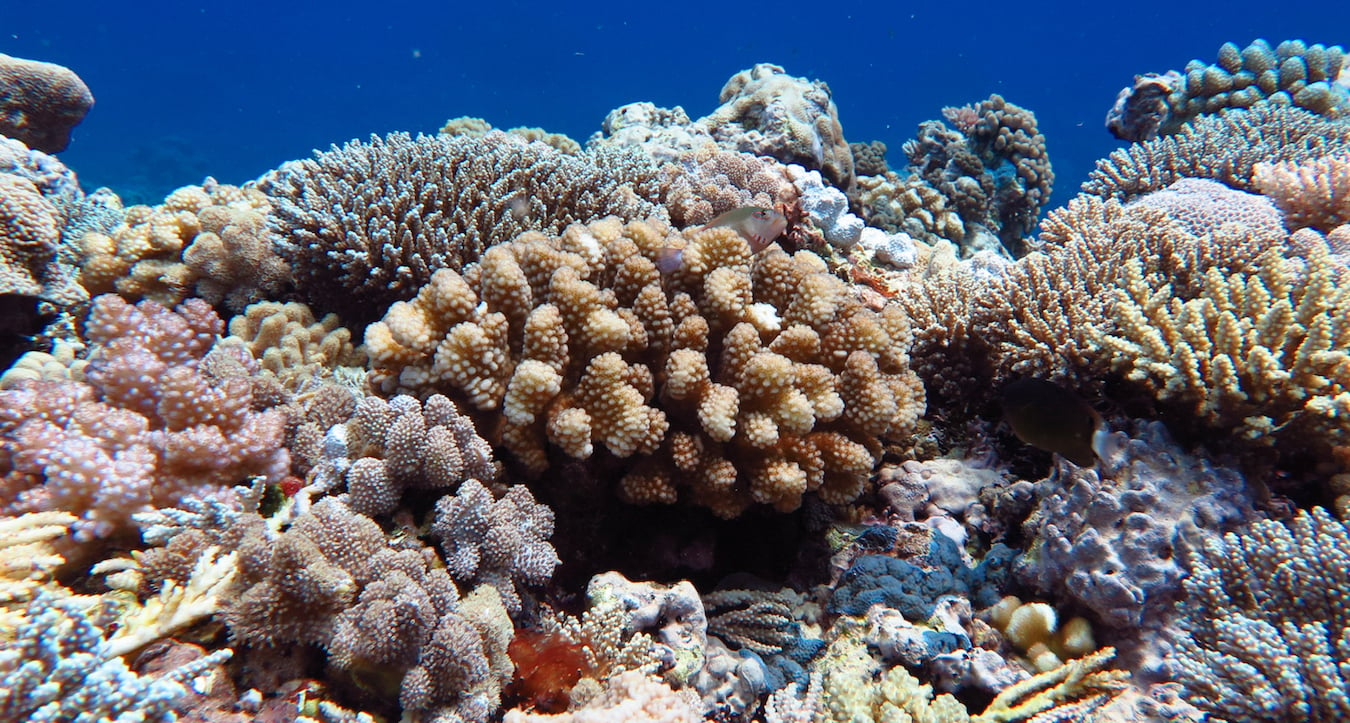
Source: Australian Institute of Marine Science
The researchers who made this discovery believe that these microbes could offer insights into how life on our planet began and evolved, hopefully giving insight into how beings could evolve in water-rich worlds.
Understanding the Origins of Life
The study’s leader Sam Purkis, a professor of marine geosciences at the University of Miami, reveals that these organisms could change our understanding of the origins of life on Earth.
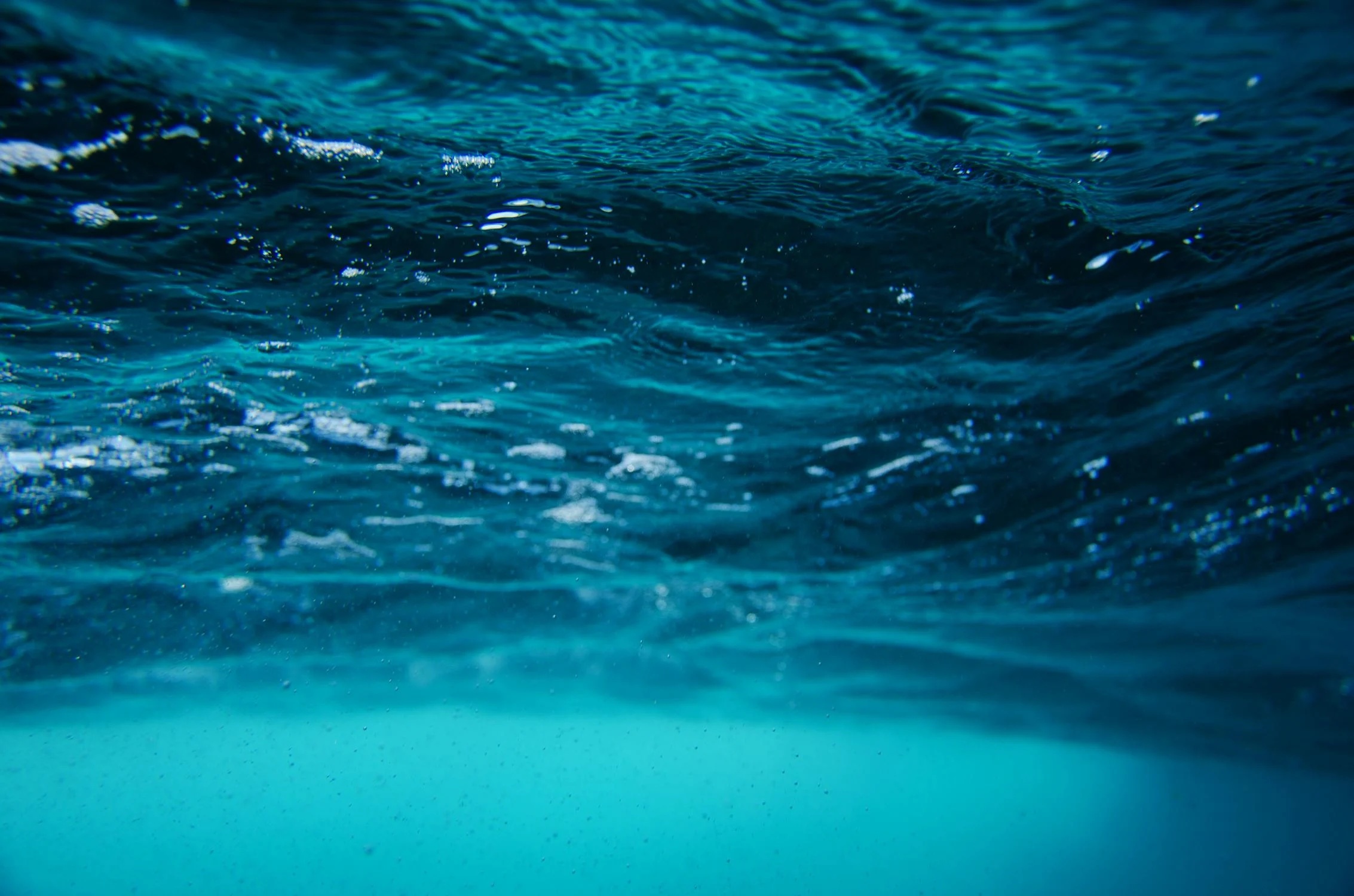
Source: Emiliano Arano/Pexels
“Our current understanding is that life originated on Earth in the deep sea, almost certainly in anoxic—without oxygen—conditions,” Purkis told Live Science.
The Preservation of the Death Pools
Despite the intense environmental conditions of the death pools, these environments are great at persevering organisms from the early centuries of Earth.
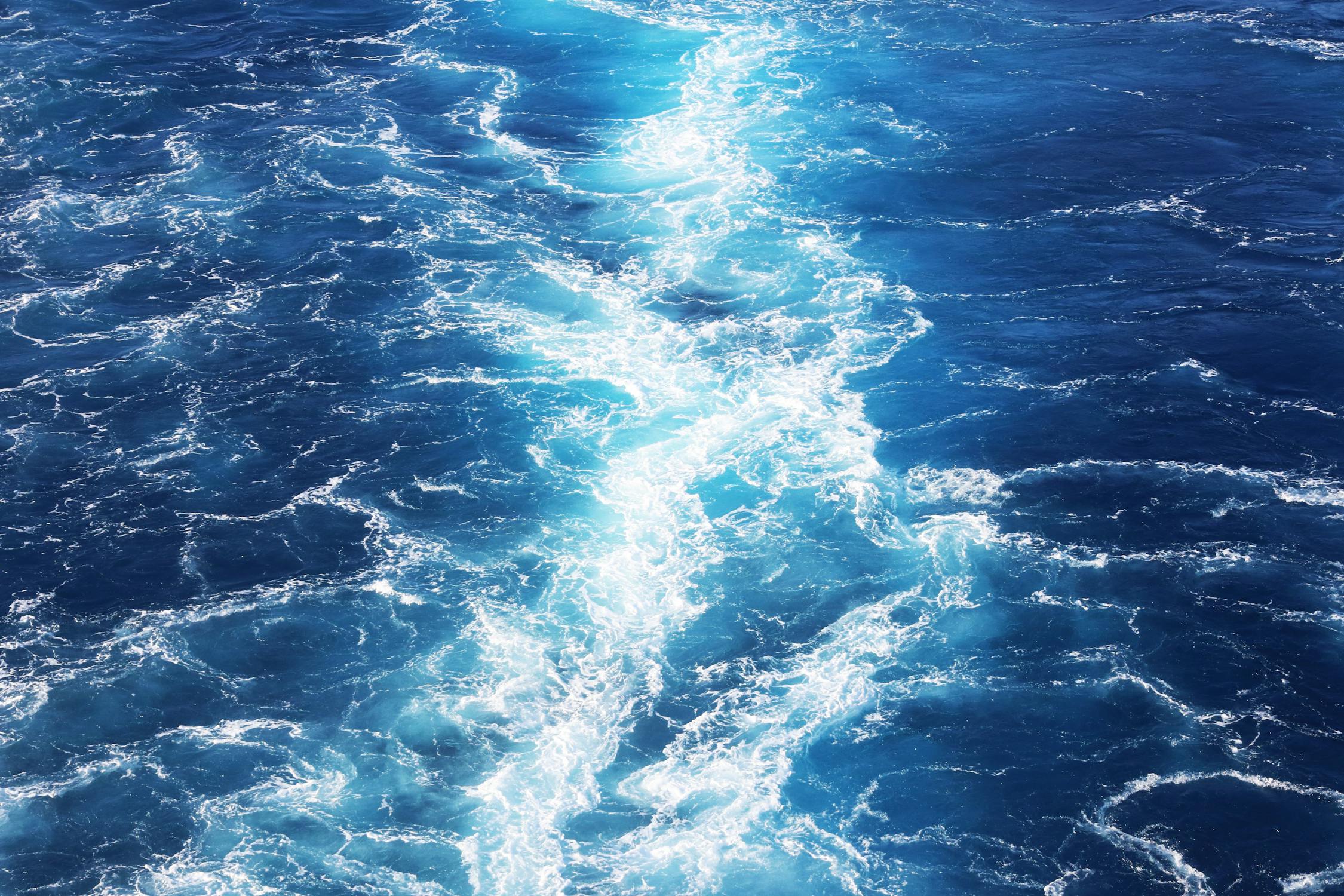
Source: Magda Ehlers/Pexels
“Deep-sea brine pools are a great analog for the early Earth and, despite being devoid of oxygen and hypersaline, are teeming with a rich community of so-called ‘extremophile’ microbes,” Purkis said.
Looking Toward the Future (and Space)
“Studying this community hence allows a glimpse into the sort of conditions where life first appeared on our planet, and might guide the search for life on other ‘water worlds’ in our solar system and beyond,” Purkis said.

Source: Freepik
One of these “water worlds” is Kepler 138, a red dwarf star nearly identical in size to Earth.
Hidden Cures in Death Pools
Studying these death pools could also yield microbial discoveries that could help develop medicines to help cure many deadly diseases.

Source: Freepik
Purkis believes that the deep-sea microbes living in brine pools previously isolated molecules with antibacterial and anticancer properties.
